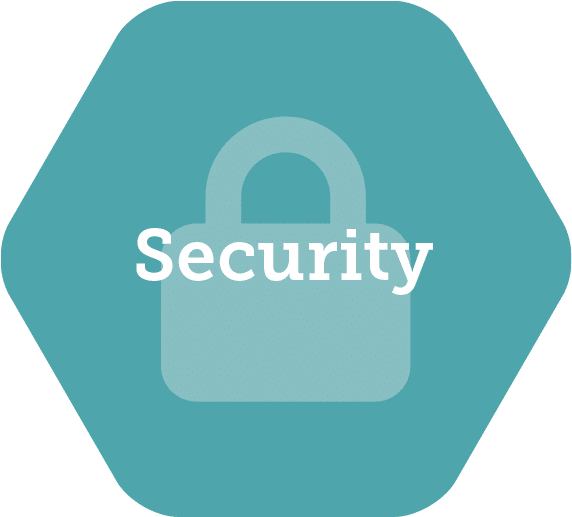The mining industry is full of risks. Large machinery and lethal gases produce incredibly hazardous conditions, whether in an open or closed mine pit. Requiring employees to navigate their surroundings safely when placed on the job without effective training can be deadly. Luckily, mining training in VR is becoming more accessible, allowing employees to practice their skills in a virtual world before going onto the field.
Benefits to Mining Training in VR
Preparing employees for the situations they will run into while working in the mining industry can be challenging. It is difficult to replicate the multitude of emergencies that may arise when working with dangerous equipment.
We can’t fully understand how we react in life-threatening situations when our fight or flight response is activated. Reactivity can lead to lethal mistakes if proper procedures are not practiced. Mining training in VR means trainers can place their trainees in these environments in the virtual world, testing their reactionary skills and ensuring trainees can practice essential processes before being placed on site. Learning designers can input fire, smoke, and other accidents in the scenario to provide life-like emergency preparedness training.
With mining training in VR, trainees can safely make mistakes. Employees can redo sections of the training program where they struggle, ensuring job confidence when performing these skills in real life. This leads to greater job effectiveness as employees have repeatedly practiced processes and procedures to perfection.
When training in a real-life mine environment, tracking training data is near impossible. A lack of connectivity, unreliable wifi, and instructor focus on ensuring trainees practice skills safely are some of the challenges presented. Training in VR produces large amounts of data enabling training experts to see where employees are having difficulties. This data can influence changes to training programs, or help determine which employees are job ready.
Use Case for Mining Training in VR
From emergency preparedness and hazard identification to mine site familiarization and equipment operations, the use cases for mining training in VR are constantly growing. Multiple organizations in the industry, such as Rio Tinto, realize the benefits to training their employees in the virtual world.
Motive.io recently developed a scenario with South Dakota School of Mines and Technology (South Dakota Mines) in partnership with the Department of Labor’s Mine Safety and Health Administration (MSHA) to train individuals on MSHA’s safety standards. It is crucial that these standards are met to prevent injury and promote a safe workplace for all miners.
South Dakota Mines and MSHA came to Motive with a need for customizable content on mining safety. The training would consist of an open simulation highlighting situational hazards. South Dakota Mines needed a thorough and accurate portrayal of the work environment so trainees could feel they are truly at work. The goal of this project was for trainees to be able to identify and prepare themselves for the hazards they would experience when placed on the job.
Motive provided the perfect tool for South Dakota Mines as they needed the ability to edit content and deploy it with ease if changes arose, especially due to the changing nature of safety standards. Thanks to the flexibility of the Motive VR Training Platform, edits to content could be changed with ease through the platform’s codeless authoring tool, meaning learning teams, or those who understood the training requirements, could make changes themselves.
The result was an open, working rock quarry. The scenario was brought to life by important details such as sounds of rocks clanging in the excavator and elements such as ear protection and tools in the scene.
In the scenario, trainees are able to have full roaming abilities and encounter typical hazards such as broken railings or obstacles in their path. They are required to go through safety decision-making processes to meet MSHA’s safety standards. Instant feedback is given if they fail to operate safely or miss a hazard, meaning they need to go back and perfect their processes, leading to greater learning.
After rolling out their VR training program, 100% of participants enjoyed the training and said they would do it again. Compared to traditional training, retention of safety material improved by 32%.
The benefits to mining training in VR are clear. In such a high risk environment, it’s a necessity for employees to be confident on the job. VR training enables trainees to practice their skills and fail safely, ensuring they are job ready when they are placed on the field.
Latest Posts
- « Previous
- 1
- …
- 6
- 7
- 8
Stay in the Know
Want to stay up-to-date with what is going on in the world of immersive training? Subscribe to the Motive Blog.
Ready to revolutionize your training program?
We’re ready to show you how seamlessly you can create, edit and deploy VR training modules. Our team is standing by to help you revolutionize your training program.





